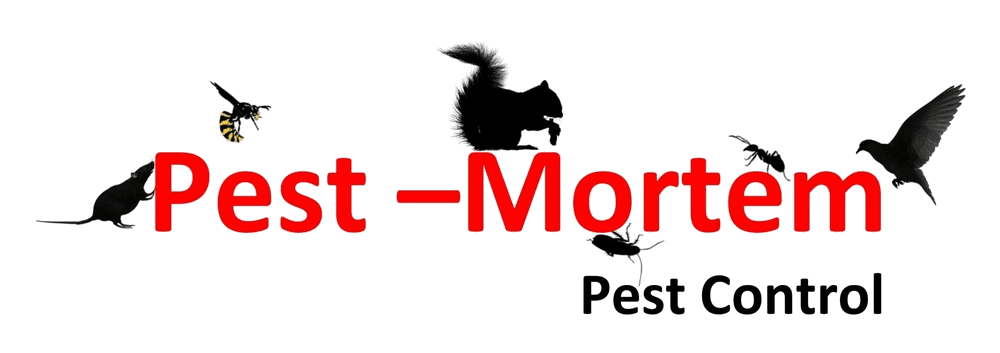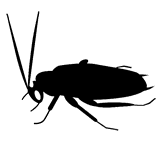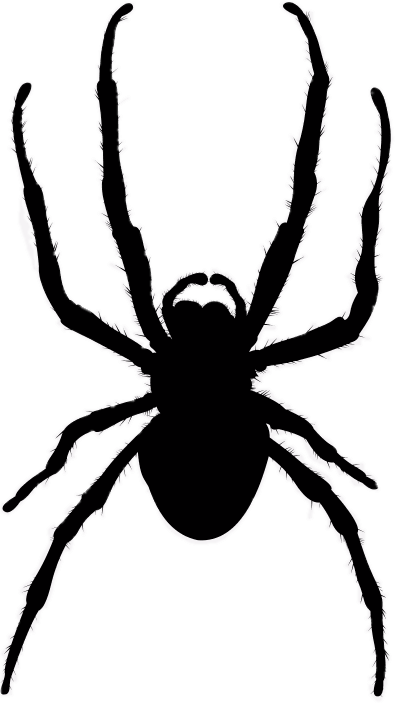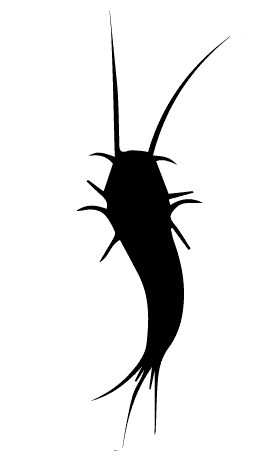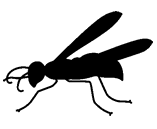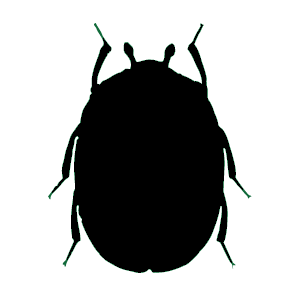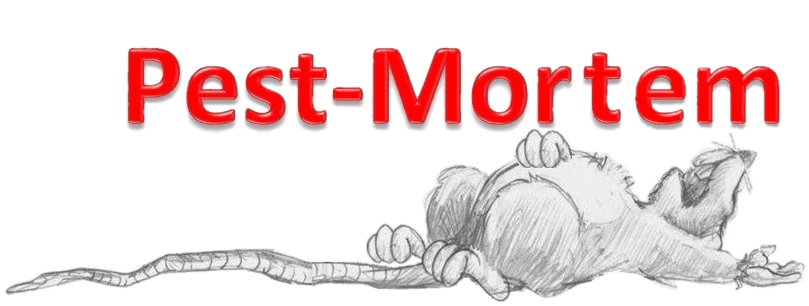
CertifiedTechnicians

Emergency
Service

SafeTreatment

PestProofing

CertifiedTechnicians

Emergency
Service

SafeTreatment

PestProofing

CertifiedTechnicians

EmergencyService

SafeTreatment

PestProofing
Bee Control
Bee Control

Pest-Mortem Bee Control and Bees Nest Removal
Naturally, bees are classed as peaceful creatures and aren’t as aggressive towards people as wasps. But when they establish a colony and build a hive in your property, bee infestations can become a very serious threat to you and your family's health. Contrary to popular belief, bees aren't protected and can be treated, however, they are endangered so we'd always recommend exploring all other avenues before considering eradication and would always try to relocate the hive to a safe place.
Pest-Mortem
Bee Nest Removal
If bees have created their hive (honey-comb nest) in your property, then this will need to be removed, failure to remove the nest can lead to much bigger problems. The honey bees creation is made up of sugars, which attract all sorts of scavenging pests, if this is left in a cavity ceiling for example, it will rot and ants, flies and other creatures will begin to cause you problems as they attempt to feed from the sugar source. The honey can also destroy plasterboard ceilings and cause damp problems. (This service is usually a lot more involved than a standard removal or extermination and therefore a higher cost).
Survey
Pest-Mortem will carefully examine the property and will choose the most appropriate method of treatment. As part of the Bee Control and Hive Removal, we also strive to provide additional bits and pieces in order to form a tailored solution for every customer.
Treatment
Pest-Mortems decision to treat will depend if it is possible to close the entrance(s) to the nest after treatment. We will pick a controlled measure according to the types of bees infesting your home - mason, carpenter, digger bees or bumblebees. As a last resort, we will spray the hive with a powder solution and the proper application technique then proceed with removing the bees hive out of your property.
Conclusion
If the nest is easily accessible the pest technician will safely remove it leaving no trace of the bee infestation.
Prevention & Proofing
Post treatment requirements will vary depending on the species of bees you have. For bumblebees and tree bees, blocking up access points will prevent non-target bees from entering and getting contaminated, as well as shortening the likelihood of other bees accessing the same area in the future.
For solitary/masonry bees, in the long term, re-pointing with sound mortar is the only answer. However, this must be thorough as bees hunting for a nest site will soon locate areas that have been missed.
For honey bees, it is essential that entrance points are blocked off, and if possible remove all the honeycomb. Failure to do this will cause robber bees to find the infected honey and take it back to their hive, thus contaminating it.
Additional Information
Bees will not sting if they are left alone and unprovoked. After the summer season the bees will go away and not return to the nesting site the following year. By the time a colony has become obvious its activity will be about to decline naturally. Generally, colonies formed in spring usually decline naturally by late July, if not sooner. Therefore, if at all possible always leave the bee hive nests alone to thrive as their presence is actually beneficial for gardeners and their crops.
Services
RODENTS Mice Control Squirrel Control Rat Control CRAWLING PESTS Cockroach Treatment Bed Bug Control Spider Control Ant Treatment Carpet Beetles Treatment Flea Treatment Silverfish Treatment FLYING PESTS Wasp Control Moth Control Bee Control Fly Control Bird Control OTHER SERVICESPest-Mortem BPCA certified technicians will be able to assess the situation and advise on the most effective treatments to manage the Bees in your home or business..
Bee Control
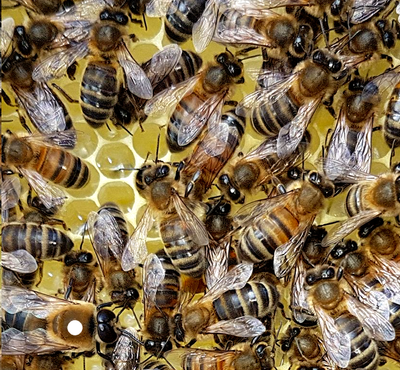
Pest-Mortem
Bee Control and Bees Nest Removal
Naturally, bees are classed as peaceful creatures and aren’t as aggressive towards people as wasps. But when they establish a colony and build a hive in your property, bee infestations can become a very serious threat to you and your family's health. Contrary to popular belief, bees aren't protected and can be treated, however, they are endangered so we'd always recommend exploring all other avenues before considering eradication and would always try to relocate the hive to a safe place.
Pest-Mortem Bee Nest Removal
If bees have created their hive (honey-comb nest) in your property, then this will need to be removed, failure to remove the nest can lead to much bigger problems. The honey bees creation is made up of sugars, which attract all sorts of scavenging pests, if this is left in a cavity ceiling for example, it will rot and ants, flies and other creatures will begin to cause you problems as they attempt to feed from the sugar source. The honey can also destroy plasterboard ceilings and cause damp problems. (This service is usually a lot more involved than a standard removal or extermination and therefore a higher cost).
Survey
Pest-Mortem will carefully examine the property and will choose the most appropriate method of treatment. As part of the Bee Control and Hive Removal, we also strive to provide additional bits and pieces in order to form a tailored solution for every customer.
Treatment
Pest-Mortems decision to treat will depend if it is possible to close the entrance(s) to the nest after treatment. We will pick a controlled measure according to the types of bees infesting your home - mason, carpenter, digger bees or bumblebees. As a last resort, we will spray the hive with a powder solution and the proper application technique then proceed with removing the bees hive out of your property.
Conclusion
If the nest is easily accessible the pest technician will safely remove it leaving no trace of the bee infestation.
Prevention & Proofing
Post treatment requirements will vary depending on the species of bees you have. For bumblebees and tree bees, blocking up access points will prevent non-target bees from entering and getting contaminated, as well as shortening the likelihood of other bees accessing the same area in the future.
For solitary/masonry bees, in the long term, re-pointing with sound mortar is the only answer. However, this must be thorough as bees hunting for a nest site will soon locate areas that have been missed.
For honey bees, it is essential that entrance points are blocked off, and if possible remove all the honeycomb. Failure to do this will cause robber bees to find the infected honey and take it back to their hive, thus contaminating it.
Additional Information
Bees will not sting if they are left alone and unprovoked. After the summer season the bees will go away and not return to the nesting site the following year. By the time a colony has become obvious its activity will be about to decline naturally. Generally, colonies formed in spring usually decline naturally by late July, if not sooner. Therefore, if at all possible always leave the bee hive nests alone to thrive as their presence is actually beneficial for gardeners and their crops.
Pest-Mortem BPCA certified technicians will be able to assess the situation and advise on the most effective treatments
to manage the Bees in your home or business..
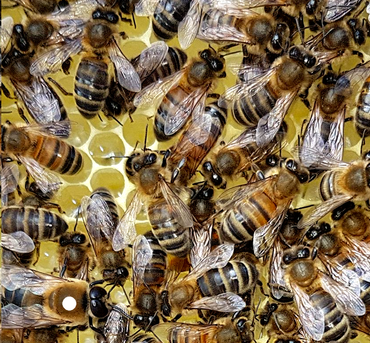
Pest-Mortem
Bee Control and Bees Nest Removal
Naturally, bees are classed as peaceful creatures and aren’t as aggressive towards people as wasps. But when they establish a colony and build a hive in your property, bee infestations can become a very serious threat to you and your family's health. Contrary to popular belief, bees aren't protected and can be treated, however, they are endangered so we'd always recommend exploring all other avenues before considering eradication and would always try to relocate the hive to a safe place.
Pest-Mortem Bee Nest Removal
If bees have created their hive (honey-comb nest) in your property, then this will need to be removed, failure to remove the nest can lead to much bigger problems. The honey bees creation is made up of sugars, which attract all sorts of scavenging pests, if this is left in a cavity ceiling for example, it will rot and ants, flies and other creatures will begin to cause you problems as they attempt to feed from the sugar source. The honey can also destroy plasterboard ceilings and cause damp problems. (This service is usually a lot more involved than a standard removal or extermination and therefore a higher cost).
Survey
Pest-Mortem will carefully examine the property and will choose the most appropriate method of treatment. As part of the Bee Control and Hive Removal, we also strive to provide additional bits and pieces in order to form a tailored solution for every customer.
Treatment
Pest-Mortems decision to treat will depend if it is possible to close the entrance(s) to the nest after treatment. We will pick a controlled measure according to the types of bees infesting your home - mason, carpenter, digger bees or bumblebees. As a last resort, we will spray the hive with a powder solution and the proper application technique then proceed with removing the bees hive out of your property.
Conclusion
If the nest is easily accessible the pest technician will safely remove it leaving no trace of the bee infestation.
Prevention & Proofing
Post treatment requirements will vary depending on the species of bees you have. For bumblebees and tree bees, blocking up access points will prevent non-target bees from entering and getting contaminated, as well as shortening the likelihood of other bees accessing the same area in the future.
For solitary/masonry bees, in the long term, re-pointing with sound mortar is the only answer. However, this must be thorough as bees hunting for a nest site will soon locate areas that have been missed.
For honey bees, it is essential that entrance points are blocked off, and if possible remove all the honeycomb. Failure to do this will cause robber bees to find the infected honey and take it back to their hive, thus contaminating it.
Additional Information
Bees will not sting if they are left alone and unprovoked. After the summer season the bees will go away and not return to the nesting site the following year. By the time a colony has become obvious its activity will be about to decline naturally. Generally, colonies formed in spring usually decline naturally by late July, if not sooner. Therefore, if at all possible always leave the bee hive nests alone to thrive as their presence is actually beneficial for gardeners and their crops.
Pest-Mortem BPCA certified technicians will be able to assess the situation and advise on the most effective treatments to manage the Bees in your home or business..
